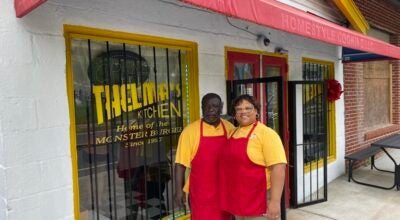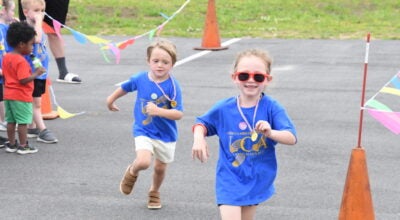Firefighters learn about evidence at crime scenes
Published 10:38 pm Tuesday, March 2, 2010
Arsonists’ dead skin cells get themselves into as much trouble as their fires do. At least, that’s a bloodhound’s instinct.
A well-trained dog can track those cells from footprints, tire tracks and even if a criminal’s vehicle’s vent is open as they flee the scene.
That’s enough for the all-powerful bloodhound’s nose. That is, if the crime scene is still intact once first responders arrive.
The Enterprise Volunteer Fire and Rescue department recently held a wild land fire crime scene preservation class taught by Alabama Forestry Commission fire investigator Danny Clark.
The meeting was held at the Enterprise department headquarters on County Road 49 across from Zion Ridge Church.
The class is made up by the National Wildfire Coordinating Group in an effort to instruct first responders on ways to protect evidence at a wild land fire crime scene.
Clark said the idea is to inform volunteer firefighters in the case of a serial arsonist. Protecting the scene ensures a better path toward a successful investigation for Clark and his department’s bloodhound, Blaze.
“If a serial arsonist pops up, the firefighters will know what to protect when they arrive at a wild land fire, especially if we bring the bloodhound,” Clark said.
Clark said footprints, tire track impressions and ignition devices are things for responders to look for when they first arrive.
The classes are being offered to all volunteers throughout the state through an initiative by homeland security and the federal government. The classes began last October.
“It’s probably going to take us about a year to get around to the whole state,” Clark said. “We’ve only got eight instructors.”
The first class was taught at the Gap of the Mountain volunteer department, where two classes take place per week.
Clark began teaching independently in Enterprise shortly after and is doing another in Fairview in the next two weeks.
Clark, who has worked for the forestry department for nearly 25 years, works primarily out of Clanton for the Chlton County Forestry office but will assist in teaching the surrounding counties the techniques.
He said he was extremely pleased with the 25-person turnout in Enterprise and looks forward to future meetings.
“They’re really interested in it,” he said. “It’s a good course. Any wild land fire with any evidence needs protecting. They’ll know what to look for instead of driving up and running their trucks through and destroying the evidence.”
Clark said arsonists typically target timber stands and pine plantations at a high value. He’s seen hunting clubs that get their leases canceled and burn the owners’ land out of revenge.
“Some younger folks just do it for fun,” he said. “There are a lot of different reasons people burn things.”
Clark works directly with Blaze, the forestry’s bloodhound, who is certified through the National Police Bloodhounds Association. When the dog was approximately six months old, he went to Darlington, S.C., for extensive training. So far, Blaze has tracked three arsonists all the way back to their homes. Those suspects have since been apprehended thanks to the dog’s powerful sense of smell.
“The bloodhound tracks by dead skin cells falling off of people,” Clark said. “It’s remarkable.”
He’s tracked four-wheeler and pickup truck tracks, thanks to the vehicle vents being open, which releases those cells the dog can smell.
Clark said 90 percent of people that set fires live within a two-mile area of where they commit the crime.
Enterprise station two fire chief David Jones said the classes have been highly beneficial to the area, especially to his near-20 volunteers who must know how to respond out in rural areas.
He said the 25 person turnout reassured him about the volunteers’ willingness to work together throughout the county.






